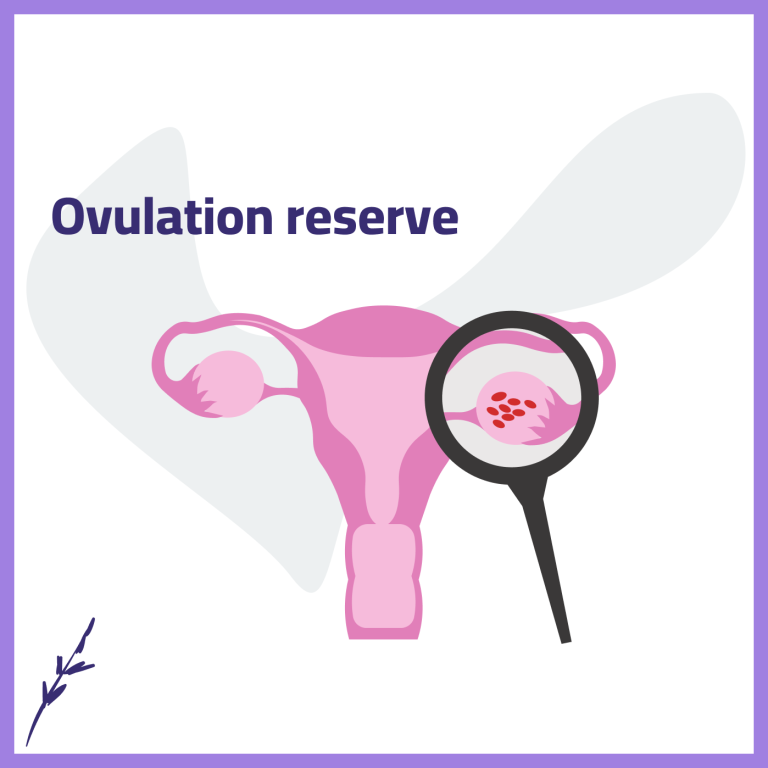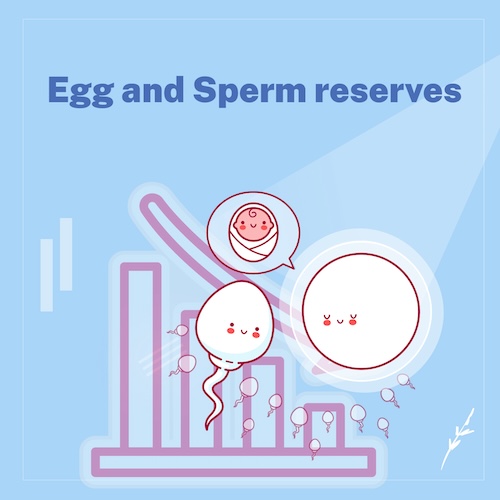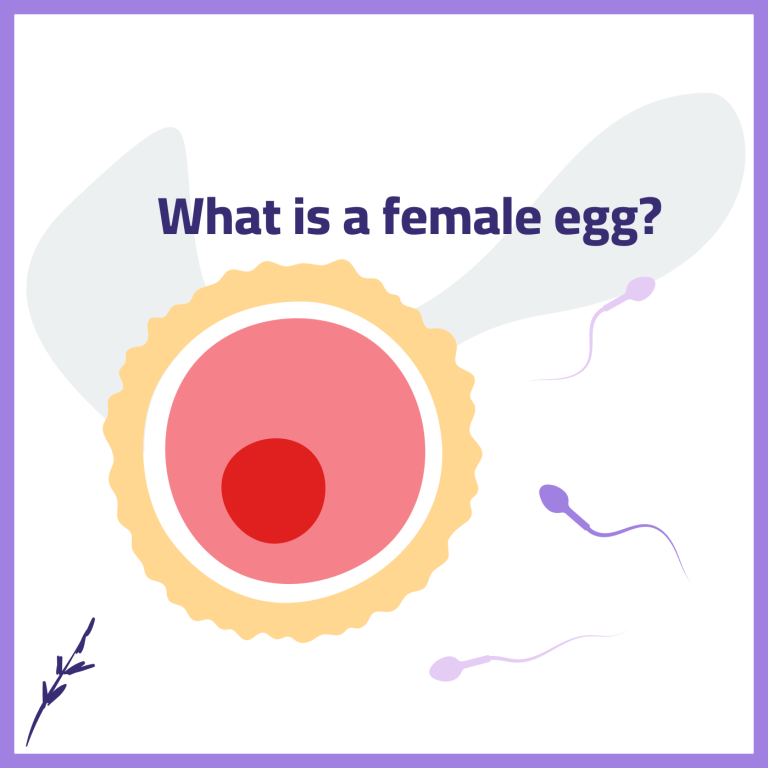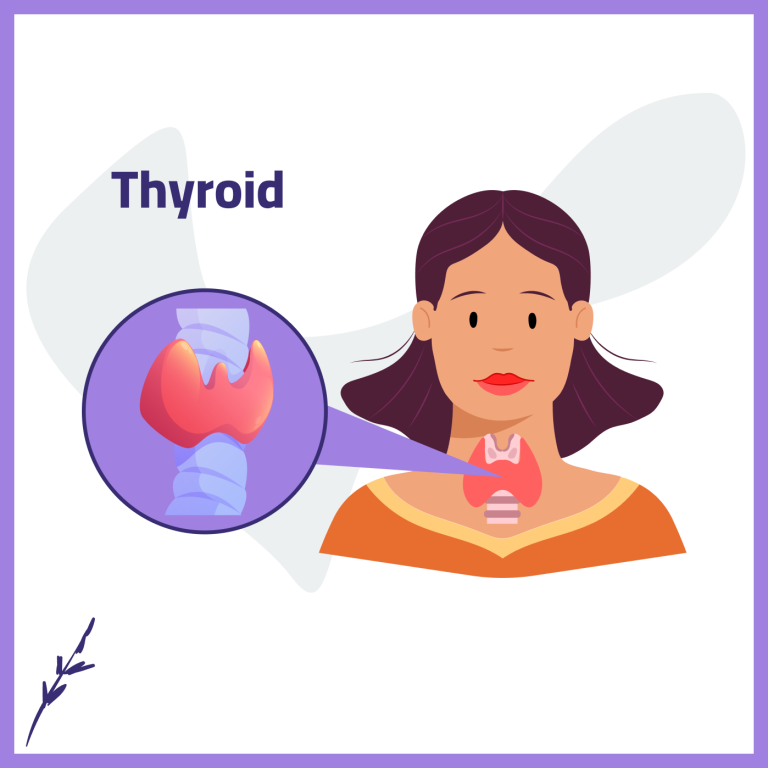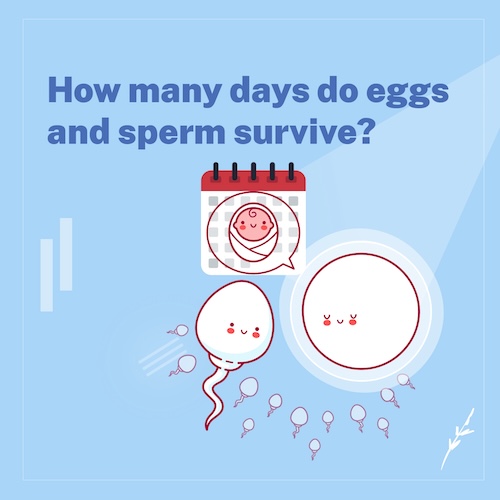Female Libido, Menstrual Cycle, and Fertility
Female sexual desire is an important aspect of reproductive and sexual health. Libido naturally changes throughout the menstrual cycle under the influence of hormones. Many women notice that their sexual interest fluctuates, sometimes increasing and sometimes decreasing. But is there a direct connection between libido, ovulation, and fertility?
Based on scientific studies from reliable sources such as WHO and NIH, here is how libido interacts with the menstrual cycle:
1. Menstruation
During the days of bleeding, most women experience lower sexual desire. Hormone levels drop, accompanied by fatigue and cramps. Some women, however, report an increase in desire, which can be due to psychological or physiological factors.
2. Follicular Phase (after menstruation)
As menstruation ends, estrogen levels rise. This often improves energy, mood, and sexual interest.
3. Around Ovulation (Fertile Window)
Mid-cycle, estrogen peaks, and ovulation occurs. Studies show that women report the highest libido during this fertile window. This increase is not accidental: the body is biologically aligned to boost sexual activity when chances of pregnancy are highest.
4. Luteal Phase (after ovulation)
After ovulation, progesterone rises. This hormonal change usually reduces libido. PMS symptoms such as bloating, fatigue, and mood swings can further decrease sexual interest.
Libido and the Fertile Window
The fertile window spans the 5–6 days before ovulation. Sperm can survive up to 5 days, and the egg remains viable for 12–24 hours. Since peak libido coincides with this period, couples are naturally more likely to have intercourse during the days of highest fertility.
Practical Tips
- Fluctuations in libido are normal.
- For conception, aim for intercourse every other day during the fertile window.
- For contraception, do not rely only on cycle tracking or libido; use reliable birth control methods.
- If libido changes are extreme or concerning, consult a healthcare professional.
🌸 Conclusion
Female libido is strongly influenced by the menstrual cycle. The natural peak around ovulation aligns with the fertile window, increasing the likelihood of conception. Understanding these patterns helps women and couples make informed choices about pregnancy and reproductive health.


